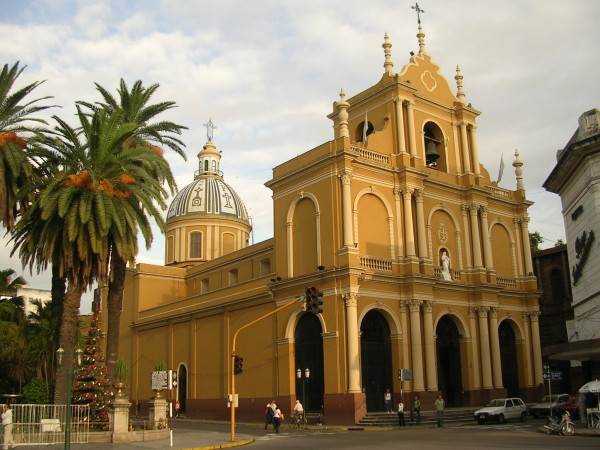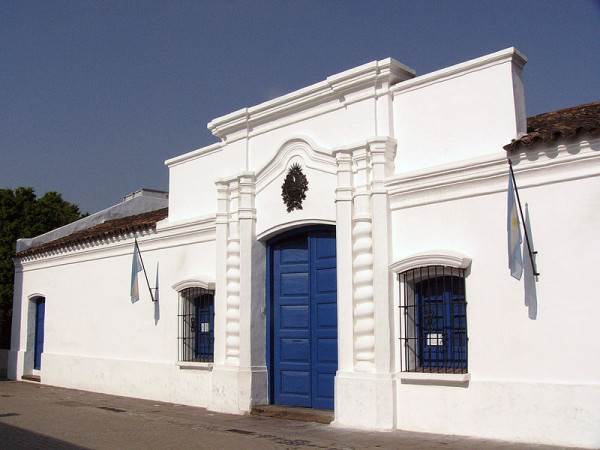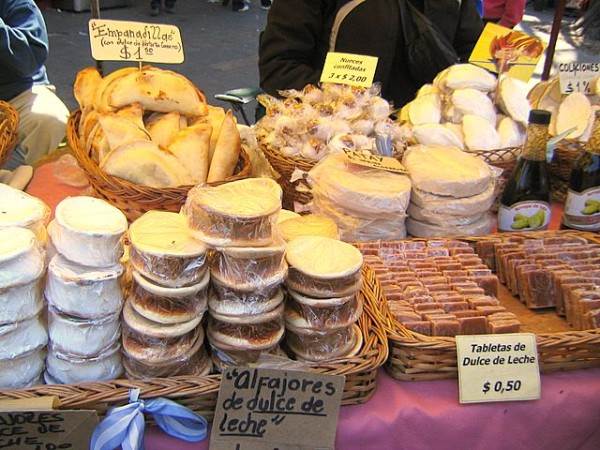Located a very long bus or train ride north of Buenos Aires, the city of San Miguel de Tucumán, usually just called Tucumán is home to some of the countries most important historic places. Today the city is a working class one with only a handful of tourist sites and activities. It is often overlooked in favor of the province and city of Salta to the north.
Tucumán has a lot of offer though, if you are willing to look and spend a bit of time in the city.
Birthplace of Argentina’s Independence

San Miguel de Tucumán was founded in 1565 by Spanish settlers and over the next 300 years it become an important capital in South America. The early city was plagued by raids and attacks by the native indian tribes and had to eventually be moved over 65 kilometers away from the original site to prevent the constant attacks. Today you can visit many important archaeological sites of these tribes and earlier Native American civilizations near Tucumán. The best sites are located in the nearby Choromoros and Calchaquies valleys.
San Miguel de Tucumán grew to be an important city, mainly because of its location along the major trading route coming from Peru. This route transported all the spoils of war from the Inca empire back to Spain via Tucumán and eventually the port of Buenos Aires. As the wealth and power of the city grew, locals started to talk of independence and on July 9th, 1816, the Congress of Tucumán officially declared independence from Spain. It would take a number of years before the rest of Argentina agreed and formed the country known today but it all started here.

Today you can visit the Historic “Casa de la Independencia” where the independence declaration was signed as well as museums like the Casa del Obispo Colombres and Museo Folclórico Manuel Belgrano which explore the early history and way of life in colonial Tucumán.
Beyond the Museums
Tucumán is a great destination for lovers of history but the city has plenty of other sites and activities if you get bored.

On first glance, the food of Tucumán might seem ordinary and typical of Argentina but this region of the country is actually known as having some of the best empanadas in Argentina. There is even an official “Ruta de la Empanada Tucumana” in the city which provides a great map of some of the city’s best empanada shops and restaurants. Besides the empanadas, the local stews (try the locro) and the tamales are also world class. Did we mention that the major industry in the Tucumán region is sugarcane production? As such, Tucumán has plenty of unique and delicious sweets to sample as well.
Once you’ve had your fill of delicious food and candies, it is time to get out of the city. The providence of Tucumán is filled with gorgeous scenery, from deep canyons to the tall Nevados del Aconquija mountains. Nicknamed “The Garden of the Republic,” Tucumán has plenty of outdoor activities in varying ecosystems from jungle rain forests to snow capped peaks, all within a few hours drive of the city.
Local companies offer mountain climbing trips, hiking tours, paragliding, and multi-day horseback riding treks. The trek to “La Ciudacita” ruins, the southernmost ruins of the Inca empire, takes up to 5 days but gives you the chance to see the providence of Tucumán’s true natural beauty.
Couple Travel Tips
- Traffic in the city of Tucumán can be horrible but if you are planning on spending some time in Northern Argentina, this is a great place to rent a car. You can drive all over the province and up to Salta on well, exploring the regions backcountry and wine region.
- Tucumán also has a great nightlife thanks to the city’s many universities. Most bars and clubs are opened Thursday through Sunday but remember that just like in Buenos Aires, the party often doesn’t start until after midnight.
- Tucumán was unfortunately a hotspot for the violence that occurred during Argentina’s 1976-83 dictatorship and in recent years there have been a number of important trials held in the city against high ranking war criminals. This dark period of Argentina’s history is often hidden from the view of tourists but if you have the chance while in Tucumán, I encourage you to learn more about it.


